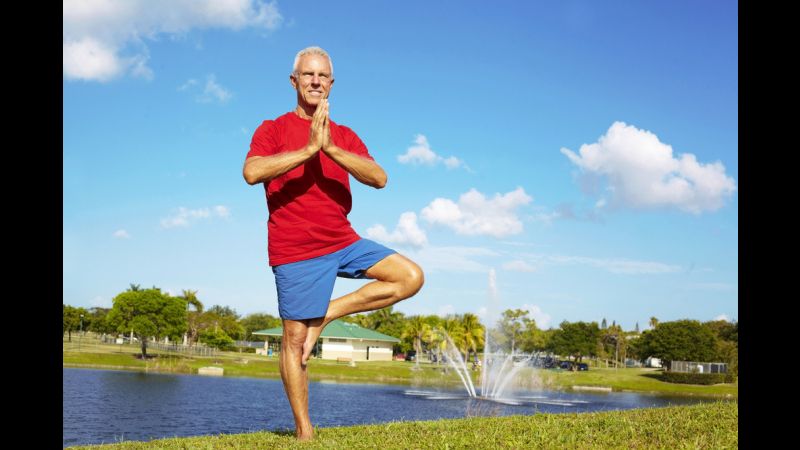Whether you are an athlete, a recreational exerciser or simply enjoy exercising occasionally, balance training is equally important to your health and wellbeing. Many people do not pay attention to their balance ability until they are faced with a situation such as a fall or an accident due to a lack of balance.
What Does Balance Really Mean?
Balance is the state of having all of your body weight spread evenly in a position without losing control or falling over. Even when we do not realize it, we are balancing as we walk, as we stand, and perform all of our day-to-day activities.
Often times, we do not pay any mind to working on our balance as it is a very subconscious act. However, we tend to notice our balance as it begins to fail us whether it be from an accident, old age, or illness. In order to prevent a loss of balance, SparkPeople.com has provided us with three easy steps to improving and maintaining good balance:
- Try changing your center of gravity and narrowing your stance. The closer your legs and feet are together, the less support you have–decreasing your balance. While exercising, practice gradually bringing your legs closer together, narrowing your base of support and helping build balance. Great exercises to practice with? Bicep curls, shoulder raises, squats, or stability ball exercises.
- Challenge yourself by not just narrowing your stance, but by standing on one foot. Standing steadily and finding your center of gravity while standing on one foot can be challenging, but is great for improving your balance. Start by lifting one heel off the ground while doing upper body exercises. Eventually, you might be able to do a single leg squat or tree pose in yoga class.
- Vision plays an important role in maintaining a good sense of balance. Once you have mastered the previous two steps in improving your balance, try standing on one foot with your eyes closed. Start by locating one spot to focus on and when you are ready, close your eyes.
The Benefits of Better Balance
There are many benefits that can be derived from improving and maintaining your balance. Creating a stronger base as your center of gravity can not only benefit your health, but also prevent falls. As we age, our ability to balance properly lessens and we become more prone to falls and injuries as repercussions of falls. By incorporating daily balancing exercises into our routines, we can prevent our own injuries by decreasing our likelihood of falling.
Aside from decreasing potential falls and risk of injury, balance exercises can do wonders for your posture because it requires alignment of your body in order to hold your center of gravity. Balance exercises can also increase your core strength and coordination because balance exercises are usually practiced while performing other exercises or daily activities that require different techniques.
And you don’t have to wait to get to the gym in order to practice. While brushing your teeth, doing dishes, or during the commercial breaks for your favorite TV shows why not challenge yourself and improve your balance by standing on one foot? These three simple steps towards better balance could help you in the future.

